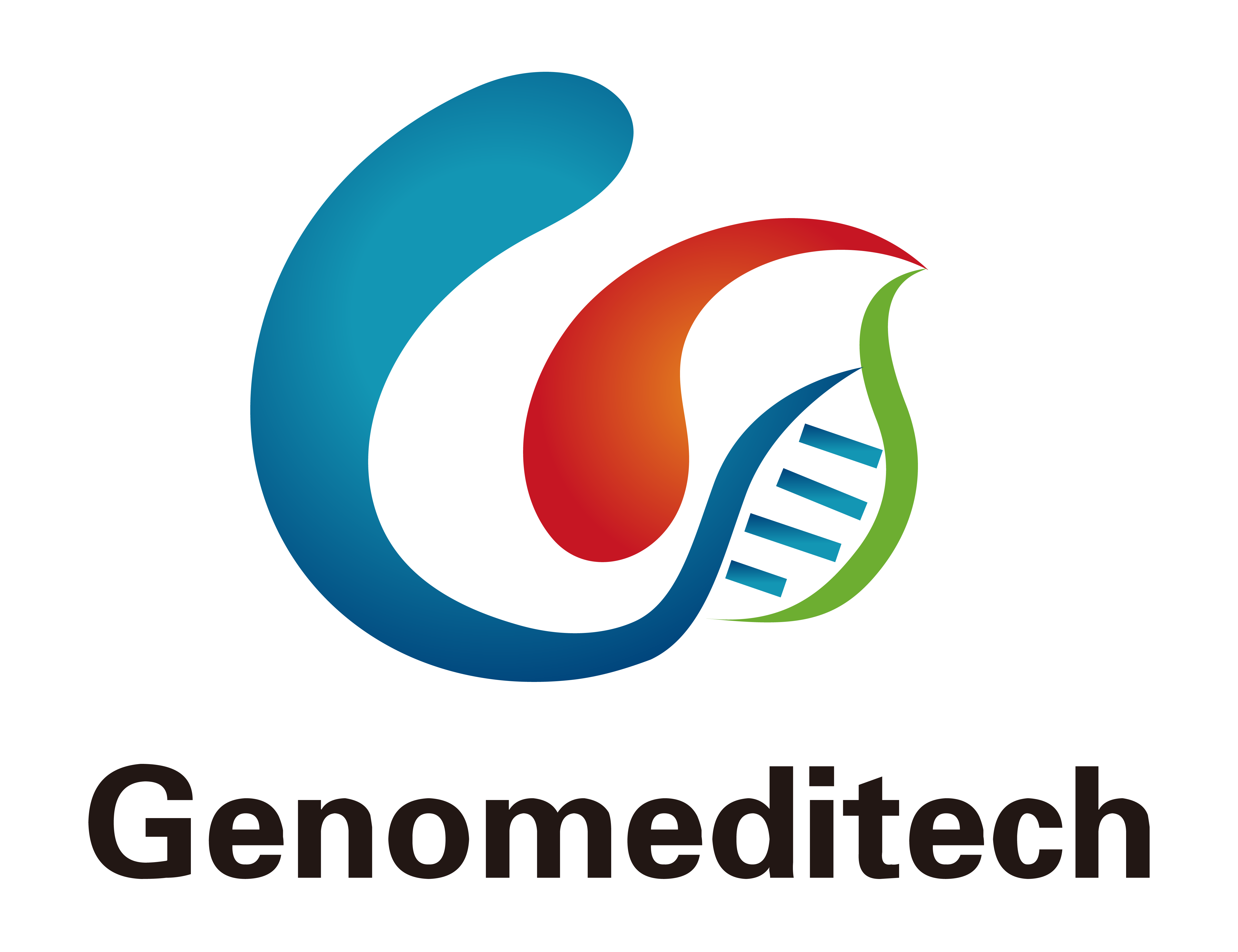Receptor Tyrosine Kinase-like Orphan Receptor 2 (ROR2) belongs to the Receptor Tyrosine Kinase family (RTKs), which play a crucial role in animal development, morphogenesis, and tissue differentiation processes. They are involved in regulating various cellular functions such as proliferation, differentiation, adhesion, migration, and apoptosis, with significant implications in the development of the nervous system and skeleton.
ROR2 is considered a regulator of osteoblast survival and differentiation. It modulates the WNT signaling pathway, which plays a vital role in osteoblast survival and differentiation. Moreover, the expression of ROR2 can be inhibited by the WNT signaling peptide inhibitor and bone formation suppressor Secreted Frizzled Related Protein 1 (SFR1). ROR2 promotes the growth of renal cell carcinomas. Osteosarcoma cell lines SAOS-2 and U2OS demonstrate invasive characteristics in vitro when activated autonomously by the non-canonical WNT5A/ROR2 signaling peptide.
















